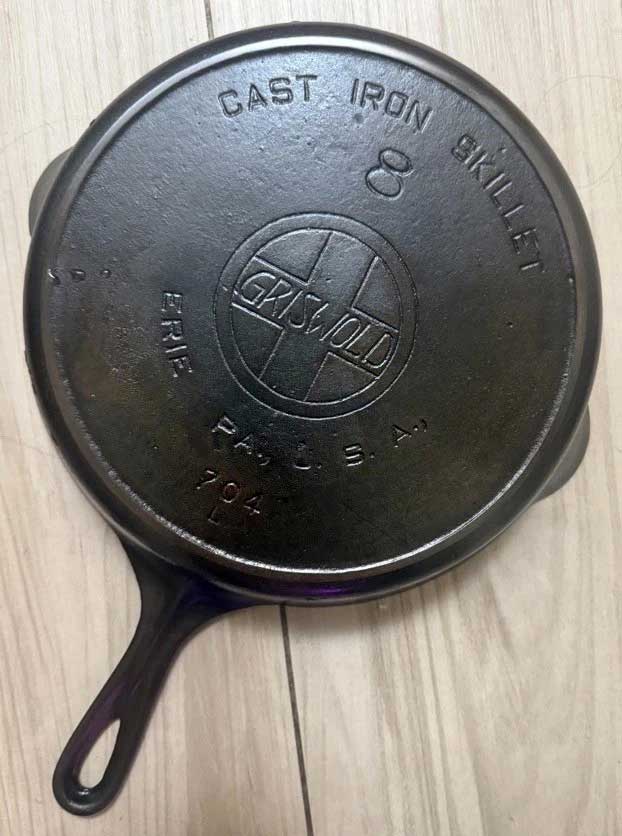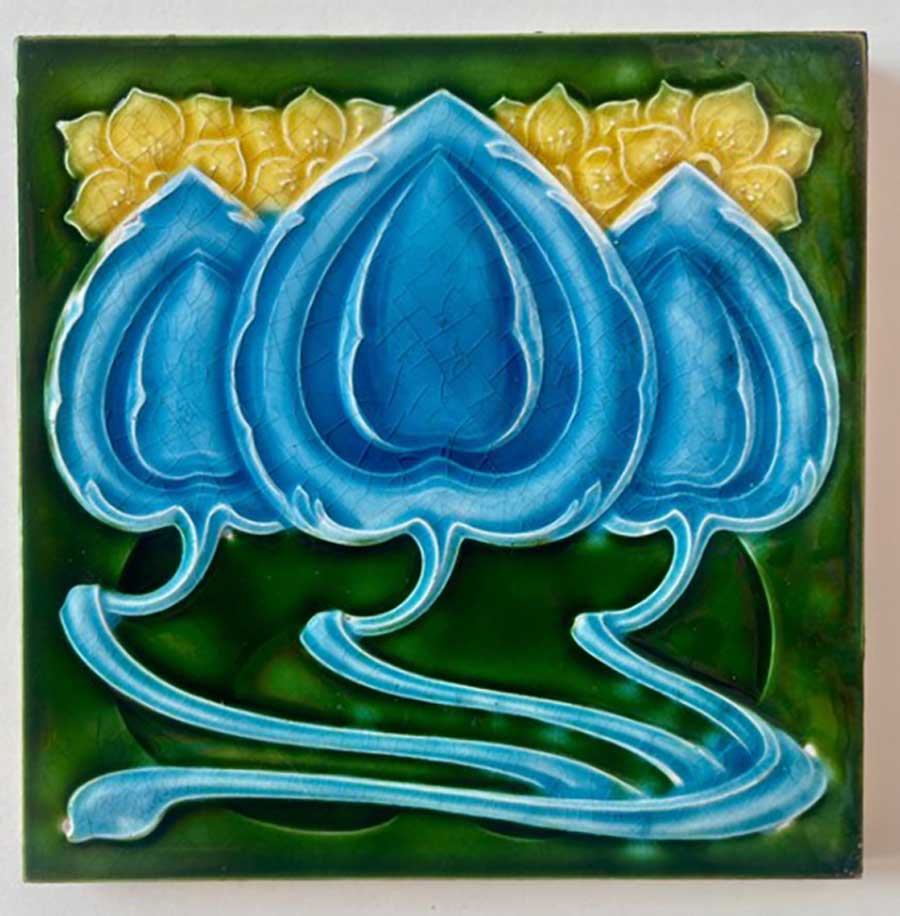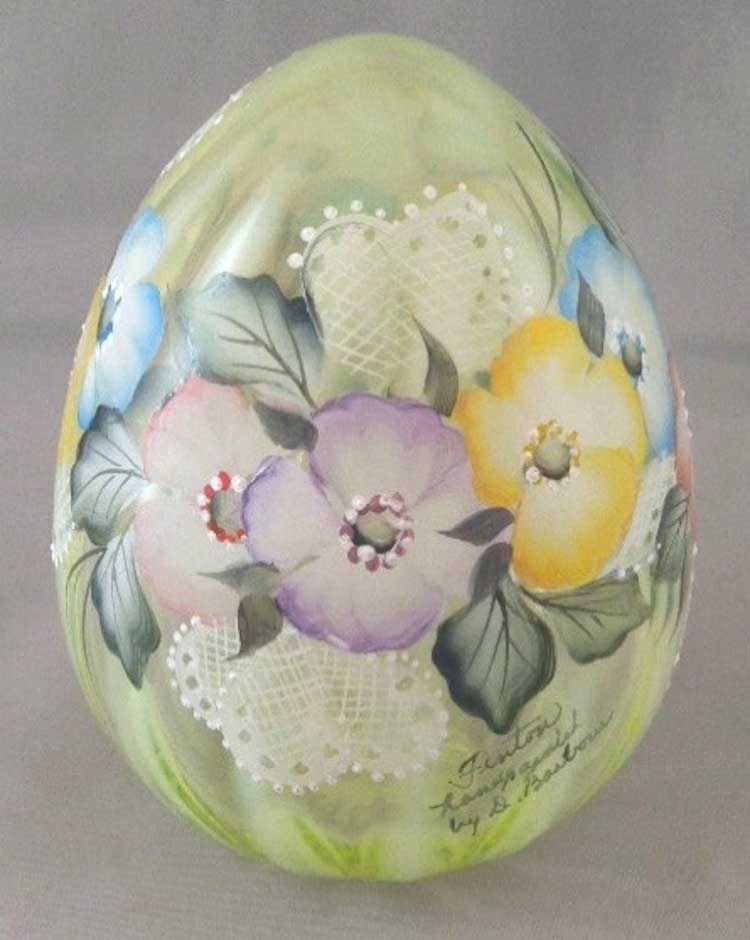Upcycling for damaged antiques
December 2025
Good Eye
Upcycling for damaged antiques
by Peggy Whiteneck
In former generations, it was common to repurpose worn-out items so that they could continue to be used. This could be a means of controlling household expenses by modifying items originally designed for one purpose so that they could continue to serve another needed purpose.
Today, people are still doing this as a means of saving damaged antiques, a process called upcycling or repurposing, which seeks to reuse/reconstruct items to create a new product of higher value than the original. The success of recycling to create something better and more valuable than the original depends on several factors, including the basic value of the original item, availability/scarcity of the original item, and aesthetics of the new upcycled item. This article explores examples of upcycling/repurposing, some efforts more successful than others.
Example of a Successful Upcycle
As I’ve written about before, I have an extensive collection of Mirror Brown pottery, made in large quantities by various makers in the mid- 20th century, including McCoy and Hull, which are no longer in business. Something I would consider a successful upcycle would be the wall clock I have that was made from a Hull dinner plate. What made it a successful upcycle is that it doesn’t compromise the continued secondary market availability of the many Hull Mirror Brown dinner plates that one can use as originally intended.
The clock is a nice addition to my kitchen area. Is it worth a lot of money? No. Is it worth a bit more, at least to me, than a regular Hull dinner plate? Yes, even if I’m not talking about a big bump beyond the value of the original plate from which it was made. In any case, I didn’t buy it because of its monetary value but because of its practical usefulness, which has served me well for the past 20 years since I bought it.
Upcycled Parts for Lamps
Old glass companies usually had lamps among their products – and, of course, over years of use, those lamps did not always weather the slings and arrows of outrageous fortune. Missing or damaged parts could sometimes be replaced with other original parts.
More recently, though, we’ve seen lamps offered for sale that are not so much upcycled as “Frankensteined,” i.e., made with old glass items but not necessarily lamp parts. Some companies, such as Fenton, did make multiple use of their glass moulds; for example, a vase mould might also be used to make something else such as the base of a lamp. But there is an aesthetic knack to this, and while an original manufacturer usually had the talent to do it, it’s clear that some later entrepreneurs decidedly did not.

Wall cloack made from Hull Mirror Brown dinner plate
This wall clock (with battery attached to the reverse side) was made from a Hull Mirror Brown dinner plate. Mirror Brown dinnerware was made in the 1960s. Because the availability of the original dinner plates is still relatively plentiful, taking this one out of table circulation is forgivable. (Image courtesy of the author)
Upcycled/Repurposed Furniture
When a tree is felled, the trunk can be chopped up as firewood, but wide hunks can also be used as end tables in a rustic interior. The ornate iron base of an old sewing machine can be repurposed as the base of a chair or table.
One of the challenges of such repurposing is whether the original material has enough quality and strength to withstand the new uses to which it may be put. I’m not sure I’d trust my feet to staircases I’ve seen online that are made with old wood pallets.
Some repurposed material is quite clever, such as old bureau drawers become wall-mounted shelves or used as planters even indoors. On the other hand, a bookcase made with old house shutters may be a cute idea in itself, but to place a two-story piece of shutter-repurposed furniture atop inverted bowling pins, as I saw in one online piece, seems to me a whimsy too far to be stable.
Think creatively before you throw it away. Just be aware that the line between clever and kitschy is in the eye of the beholder. And that can depend, of course, on whether the repurposing is meant to be humorous.
Peggy Whiteneck is a writer, collector, and dealer living in East Randolph, VT. If you would like to suggest a subject that she can address in her column, email her at allwritealready2000@gmail.com.




